Equipment
Callaway Great Big Bertha and Big Bertha Alpha 816 Fairway Woods
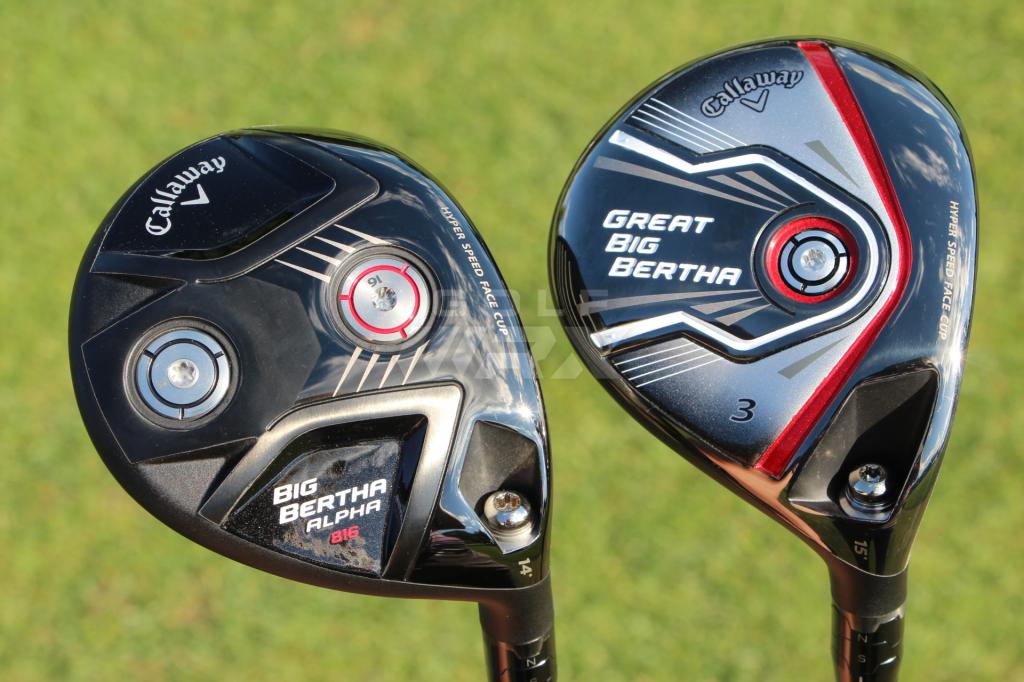
Callaway’s Great Big Bertha and Big Bertha Alpha 816 fairway woods were designed to make the game easier for an overwhelming majority of the golfing population, yet still deliver tailored performance for special cases. The trick was designing two distinct club heads that covered the needs of most golfers, and then adding enough models and adjustability to account for everyone else.
Typical users of the Great Big Bertha are those who want their shots to fly higher and straighter, while the Big Bertha Alpha 816 targets golfers who want maximum distance or the ability to adjust their launch conditions.
Here’s what else you need to know about the fairway woods.
Big Bertha Alpha 816 ($279)
- Lofts: 14 and 16 degrees (RH, LH), 18 degrees (RH only)
- Shaft: Aldila Rogue I/O 70 (R, S, X), Mitsubishi Rayon D+ 70 (S, X)
- Length: 43 inches
- In stores: September 18
There’s a reason the Big Bertha Alpha 816 fairway wood doesn’t have the words Double Black Diamond in its name. Unlike the Big Bertha Alpha 816 Double Black Diamond driver, you don’t need to be an accomplished golfer to use it.
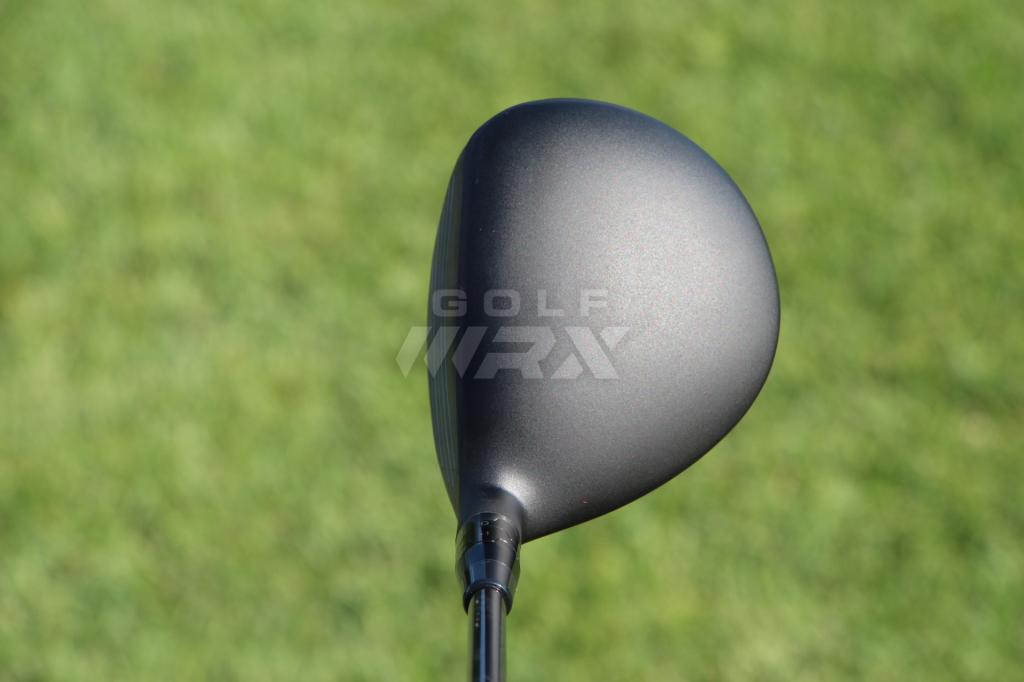
The Alpha 816 has a matte black crown and no alignment aid, giving it the clean look at address most better players prefer.
[quote_box_center]“The Alpha 816 driver is for the better player, but the fairway wood is not,” said Evan Gibbs, Manager of Product Performance for Callaway. “It can be configured for the best players, but it’s arguably our best performing fairway wood for everyone.”[/quote_box_center]
The Alpha 816 fairway woods can work for two different types of golfers because of their dual center of gravity (CG) positions, which are made possible by two weights that can be installed in either of the two weight ports on the sole of the clubs. One of the weights is heavy (16 grams), while the other is light (3 grams).
Position the heavy weight in the back weight port (the one farthest from the club face), and the club will have a rearward CG that will create maximum forgiveness on off-center hits and a higher peak trajectory. Flip the orientation of the weights, and the club will have a forward CG for a flatter, lower-spinning trajectory that creates the potential for more distance. While forward-CG fairway woods are not as forgiving as rearward-CG designs, they can bring previously unreachable par-4s or par-5s into range, and they also tend to be more workable if you’re a shot shaper.
Last year’s Big Bertha Alpha 815 fairway wood from Callaway also had two CG positions, but Gibbs said there was room for improvement. The 815’s club head was smaller, so there was less space between the weight ports. The weights themselves were also different – one was 30 grams, and the other was 3 grams. Feedback from tour players was that trajectory differences were too extreme: the forward-weight position launched the ball too low, while the rear-weight position launched the ball with too much spin.
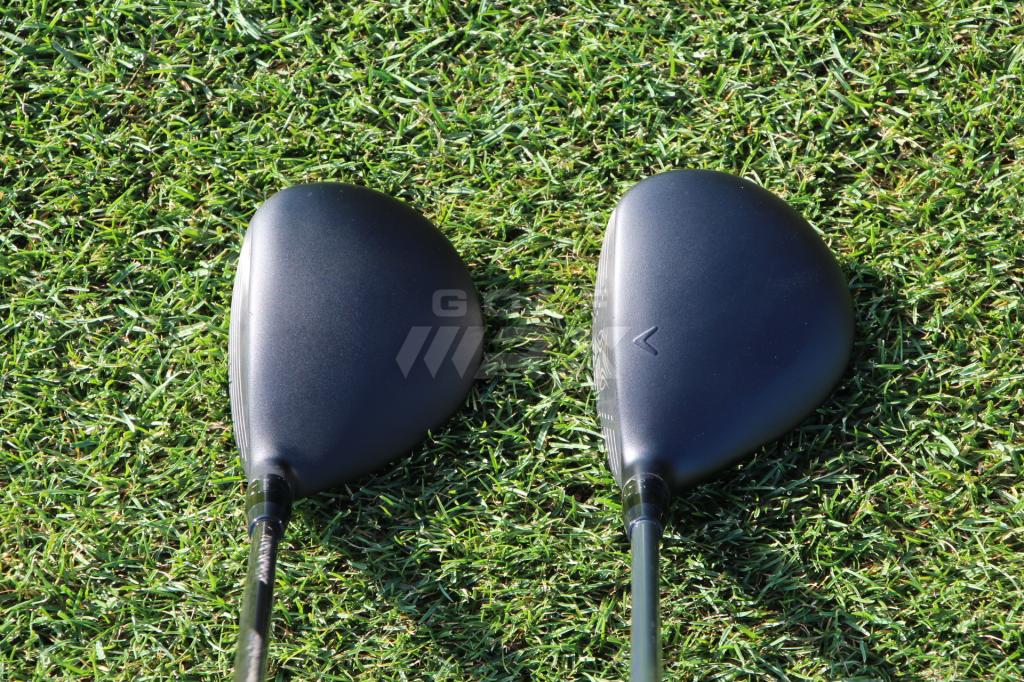
The Alpha 816 (left) is 15 cc smaller than the Great Big Bertha fairway wood, which measures 180 cc.
The fix began with a larger club head, which allowed engineers create more separation between the weights. Then they went about optimizing the trajectory of each CG location, which was aided by the addition of a Forged Composite Crown. The lighter structure, which is a first in a Callaway fairway wood, allowed engineers to move several grams of weight lower in the club head to create a higher launch and less spin. That’s a win-win for fairway wood design.
The Big Bertha Alpha 816 fairway woods measure about 165 cubic centimeters, depending on loft. They use Callaway’s Forged Hyper Speed Face Cup, the same technology found in the company’s XR fairway woods — top-rated clubs on our 2015 Gear Trials: Best Fairway Woods list.
Great Big Bertha ($249)
- Lofts: 3 Wood (15.5), 5 Wood (18), 7 Wood (21), Heavenwood (20.5), Divine 9 (24)
- Stock Shaft: Mitsubishi Kuro Kage Black (50-gram range: L, R, S, X)
- Length: 43 inches
- In stores: August 28
The Great Big Bertha fairway woods are designed for golfers whose needs aren’t complicated; they want to hit their fairway woods higher and straighter more often.
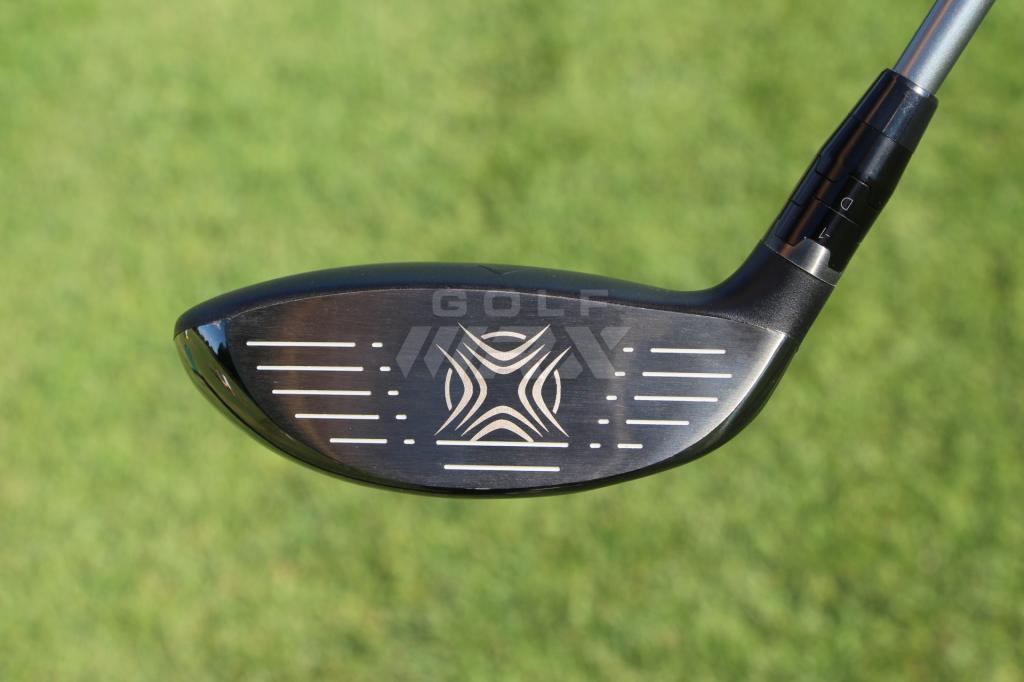
A low profile helps the Great Big Bertha launch the ball higher and makes shots from the turf easier.
To that end, the Great Big Bertha is Callaway’s most forgiving fairway wood. It’s large, lightweight, and has a low profile that makes it easy-to-hit from a variety of lies. It’s also designed to fly higher than the Big Bertha Alpha 816, offering the higher launch angle and additional spin that will lead to longer carry distances for golfers with slower swing speeds.
[quote_box_center]“Great Big Bertha is spinnier than XR, and probably our ‘spinniest’ fairway wood,” Gibbs said. “We don’t see these clubs being used by our best players or high swing speed players.”[/quote_box_center]

Great Big Bertha fairways uses Callaway’s Forged Hyper Speed Face Cup for maximum ball speed across the face.
In the spirit of helping non-elite golfers hit better shots, Callaway made the Great Big Bertha in a unique configuration called a “Heavenwood,” which has the loft of a 7 wood but the length and head size of a 4 wood.
The Heavenwood’s 20.5-degree loft offers golfers a higher launch angle, while the larger head and longer shaft create more forgiveness and swing speed. In the past, the model has been a popular one for golfers who have slow swings, as well as those who struggle to get their fairway woods airborne.
The Great Big Bertha 3 wood, 5 wood and Heavenwood use Callaway’s Advanced Opti-Fit adjustable hosel, which gives golfers a 3-degree loft range and two independent lie angles. The 7 Wood and Divine 9 are not adjustable.
Related
- See what GolfWRX Members are saying about the Great Big Bertha and Alpha 816 fairway woods in our forum.
- Callaway’s Great Big Bertha Driver: What you need to know.
- Callaway’s Big Bertha Alpha 816 Double Black Diamond Driver: What you need to know.
- LIKE57
- LEGIT4
- WOW7
- LOL0
- IDHT1
- FLOP0
- OB1
- SHANK5
Equipment
Most forgiving players irons? – GolfWRXers discuss
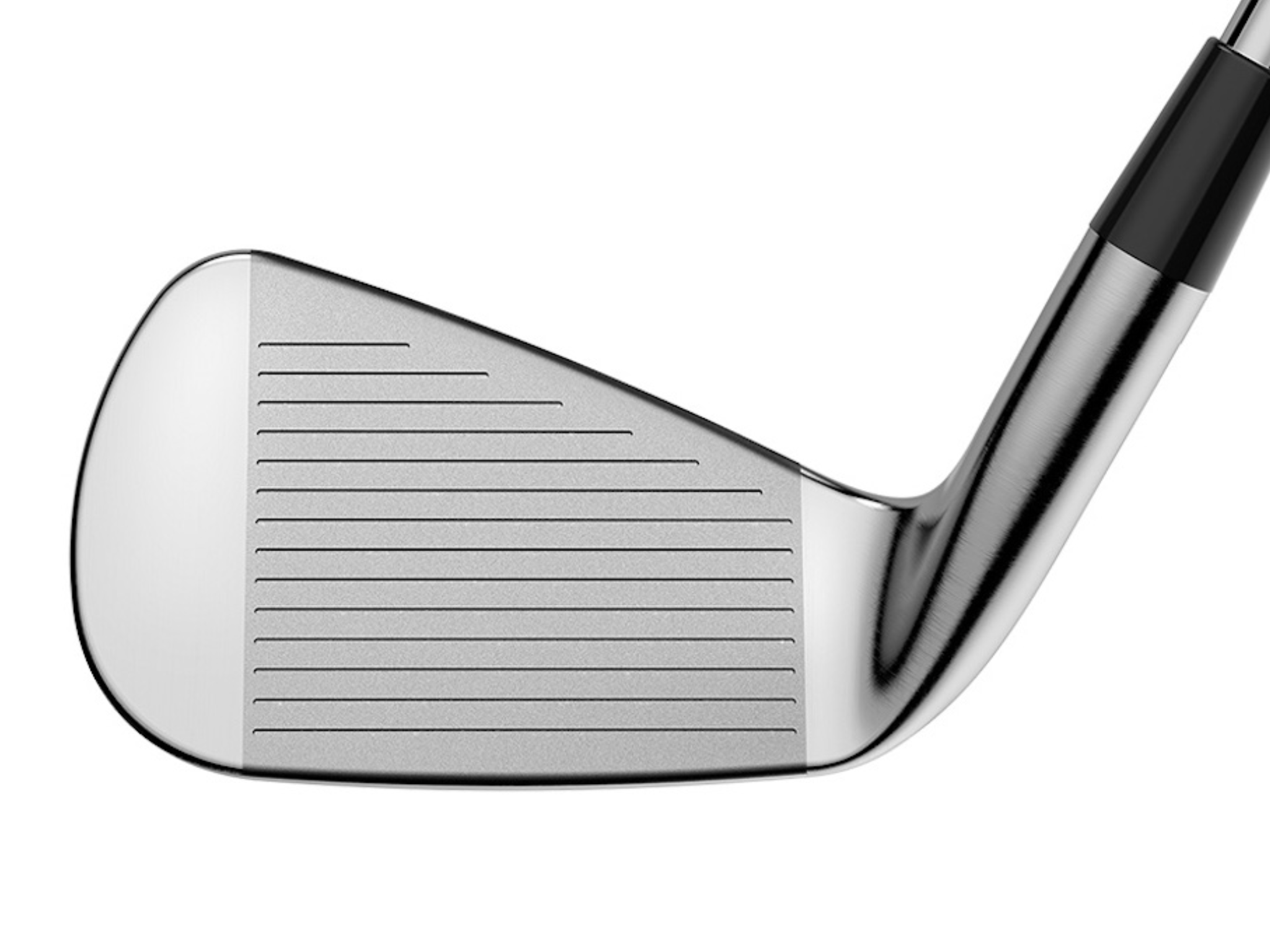
In our forums, our members have been discussing players irons. WRXer ‘NorthTXGolf’ is on the hunt for some new irons but is putting a priority on forgiveness, and has reached out to fellow members who have been sharing their thoughts and advice on the subject in our forum.
Here are a few posts from the thread, but make sure to check out the entire discussion and have your say at the link below.
- Sam217: “i230 has got to be one of the most forgiving players irons available. Cobra King Tour another. Don’t sleep on the New Level 480 DB coming out soon.”
- RangeBaller: “ZX5/ZX7 and i230 should definitely be in your testing pool.”
- YAMS49: “Another I210 homie here… Very highly recommended if you want/need spin and a consistent yardage.”
- golf-RN: “I second the Cobra King Tour irons. I am not the greatest ballstriker by any stretch of the imagination and I find the King Tours very forgiving. Toe strikes might lose 5 or 6 yards with no directional loss. You definitely feel the miss though lol but mishits from the center aren’t punished too hard regarding distance.”
Entire Thread: “Most forgiving Players irons? – GolfWRXers discuss”
- LIKE0
- LEGIT0
- WOW0
- LOL0
- IDHT0
- FLOP0
- OB0
- SHANK0
Equipment
Coolest thing for sale in the GolfWRX Classifieds (5/2/24): Mack Made Rahmbo putter
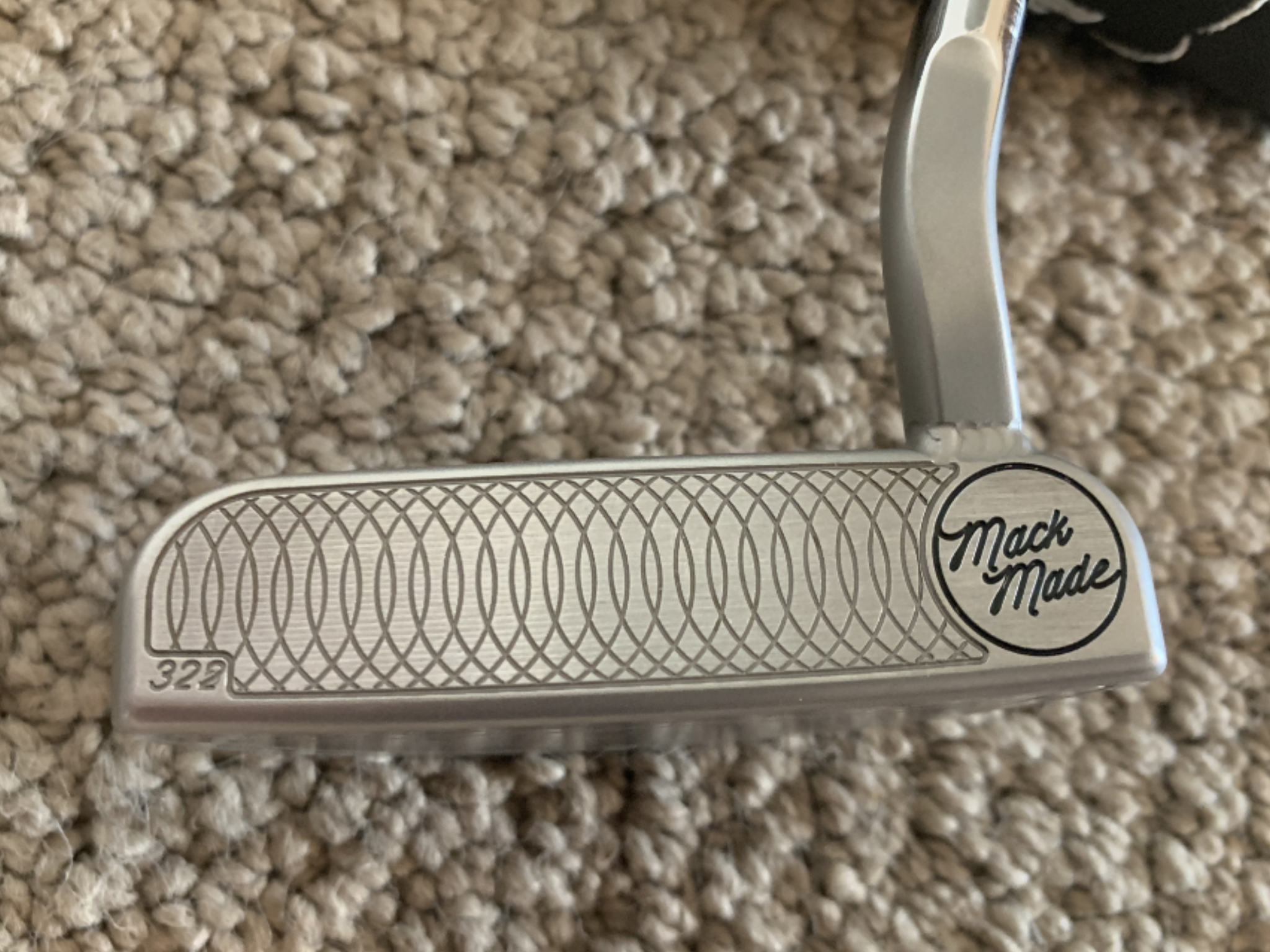
At GolfWRX, we are a community of like-minded individuals that all experience and express our enjoyment of the game in many ways.
It’s that sense of community that drives day-to-day interactions in the forums on topics that range from best driver to what marker you use to mark your ball. It even allows us to share another thing we all love – buying and selling equipment.
Currently, in our GolfWRX buy/sell/trade (BST) forum, there is a listing for a Mack Made Rahmbo putter.
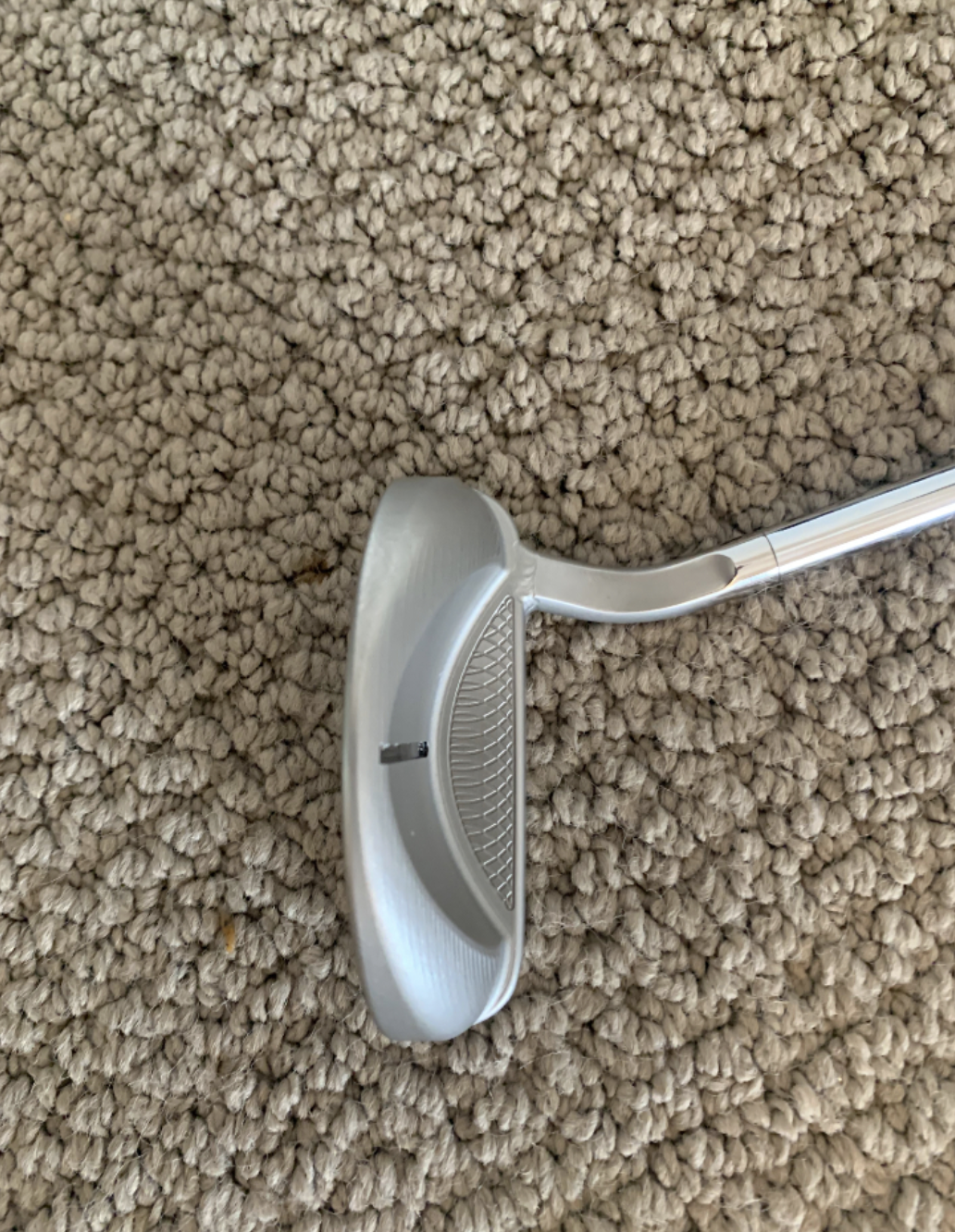
From the seller: (@rkochies4580): “Picked this up recently here on WRX. Absolutely stunning piece of work. Putter is stainless steel, slight toe hang, 354 grams, 34” length. New grip and nice headcover. $525.”
To check out the full listing in our BST forum, head through the link: Mack Made Rahmbo putter
This is the most impressive current listing from the GolfWRX BST, and if you are curious about the rules to participate in the BST Forum you can check them out here: GolfWRX BST Rules
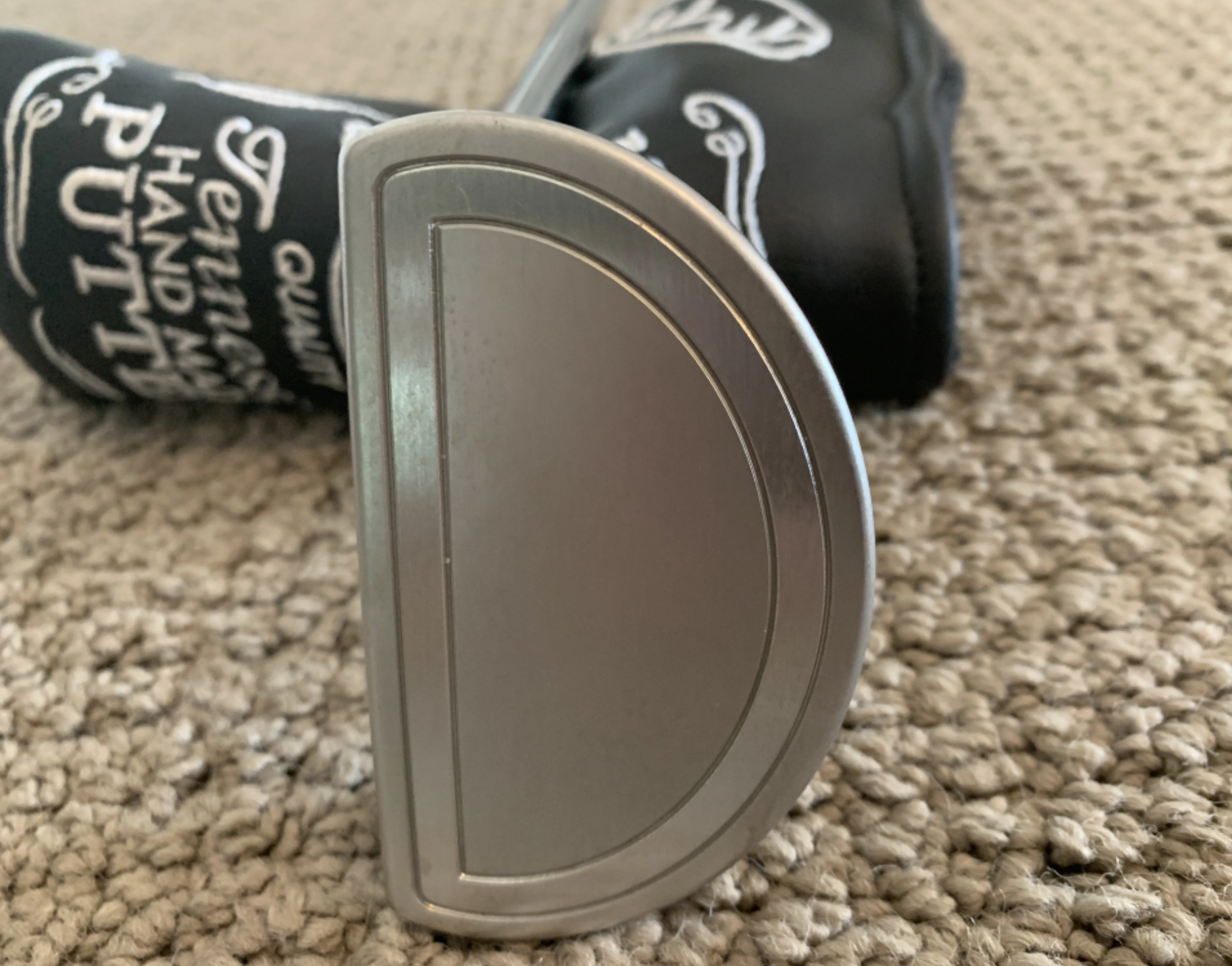
- LIKE0
- LEGIT0
- WOW0
- LOL0
- IDHT0
- FLOP0
- OB0
- SHANK0
Whats in the Bag
Adam Scott WITB 2024 (May)

- Adam Scott what’s in the bag accurate as of the 2024 CJ Cup Byron Nelson.
Driver: TaylorMade Qi10 (10.5 degrees)
Shaft: Fujikura Ventus Blue 6 TX
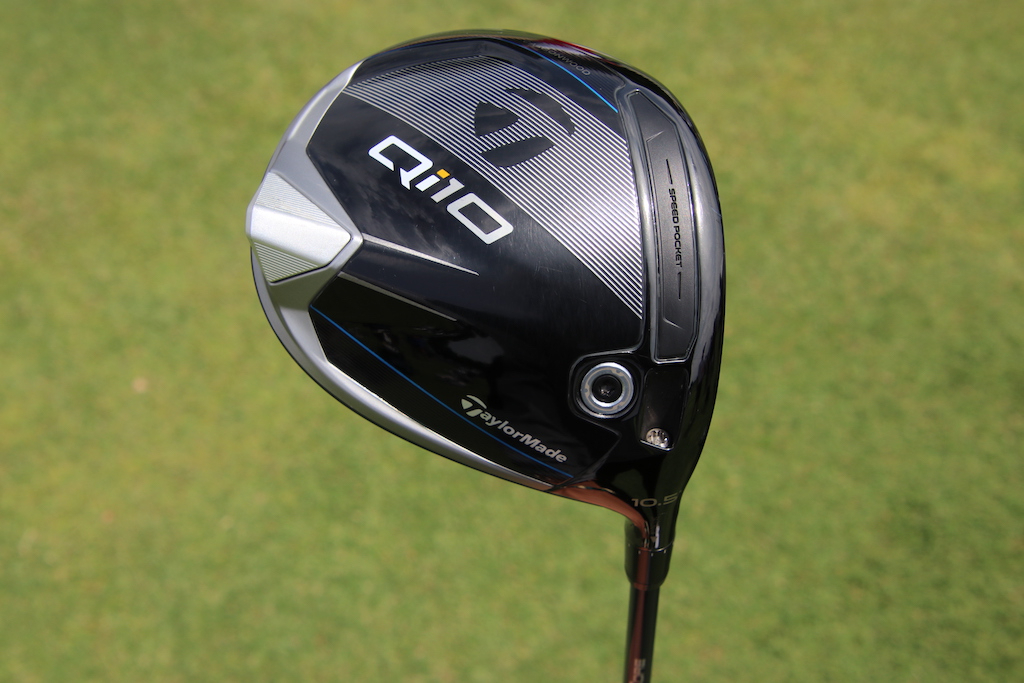

Driver: TaylorMade BRNR (13.5 degrees)
Shaft: Fujikura Ventus TR Blue 7 TX
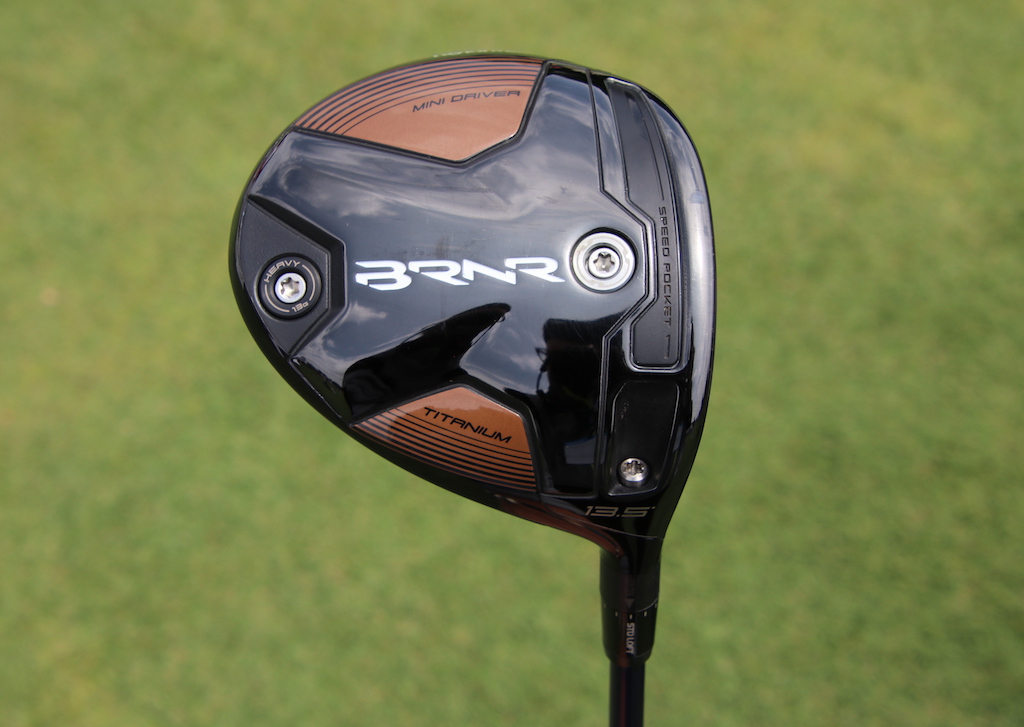
5-wood: TaylorMade Qi10 (18 degrees), TaylorMade Stealth 2 (18 degrees
Shaft: Fujikura Ventus TR Blue 9 X, Fujikura Ventus TR Blue 9 X
7-wood: TaylorMade Stealth (21 degrees)
Shaft: Graphite Design Tour AD DI Black 9 X
Irons: Srixon ZX Mk II (3), Srixon ZX5 Mk II (4), Srixon ZX7 Mk II (5), Srixon Z-Forged II (6-9)
Shafts: Graphite Design Tour AD DI Hybrid 105 X (3), True Temper Dynamic Gold Tour Issue X100
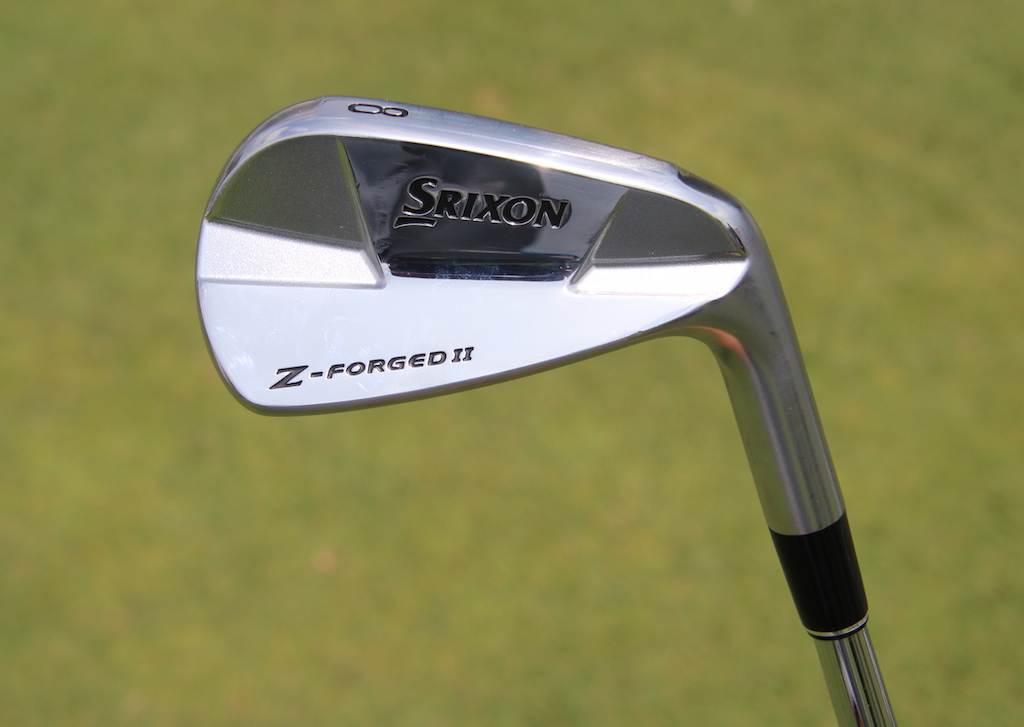
Wedges: Titleist Vokey Design SM10 (50-12F, 54-08M), SM9 (LW), WedgeWorks (LW)
Shafts: True Temper Dynamic Gold Tour Issue X100 (48-54), S400 (LW)
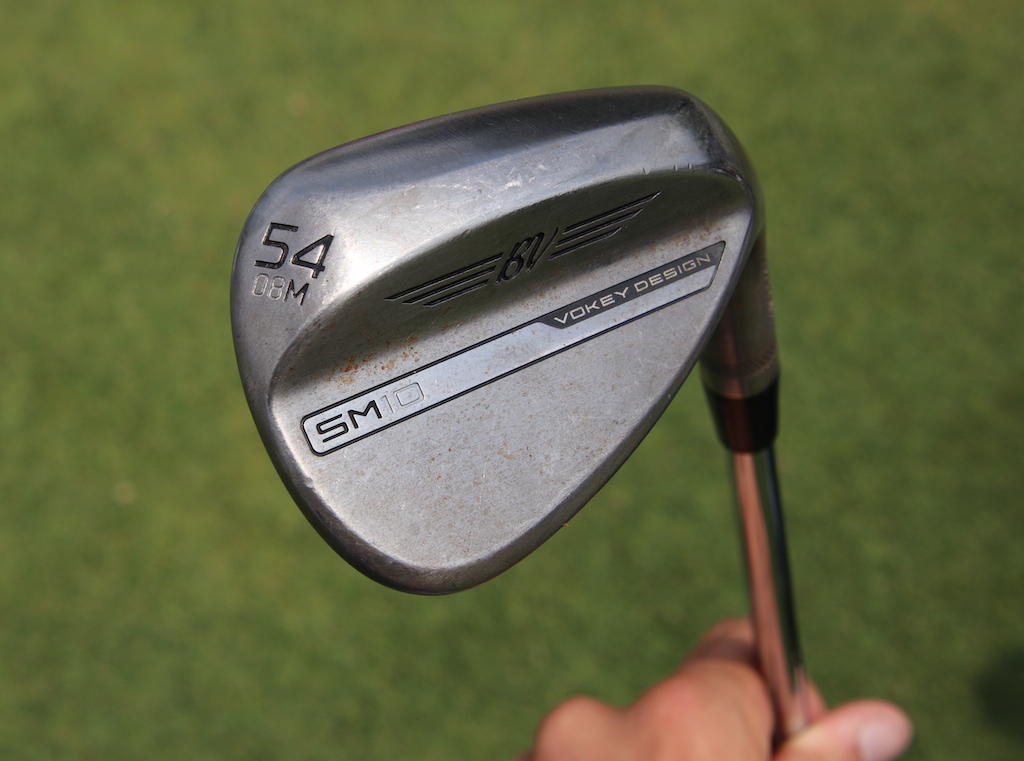
Putter: L.A.B. Golf Mezz.1 Proto
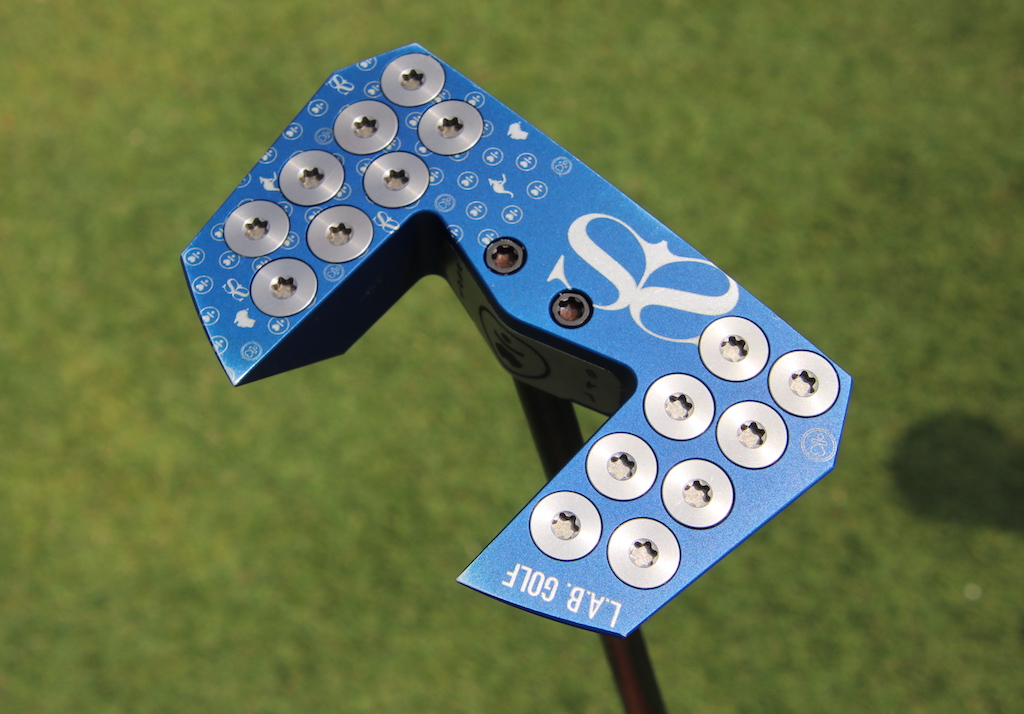
Ball: Titleist Pro V1
Grips: Golf Pride Tour Velvet
See the rest of Adam Scott’s WITB in the forums.
- LIKE19
- LEGIT4
- WOW4
- LOL0
- IDHT0
- FLOP0
- OB0
- SHANK0
-

 19th Hole1 week ago
19th Hole1 week agoJustin Thomas on the equipment choice of Scottie Scheffler that he thinks is ‘weird’
-

 19th Hole1 week ago
19th Hole1 week ago‘Absolutely crazy’ – Major champ lays into Patrick Cantlay over his decision on final hole of RBC Heritage
-

 19th Hole3 weeks ago
19th Hole3 weeks agoTwo star names reportedly blanked Jon Rahm all week at the Masters
-

 19th Hole2 weeks ago
19th Hole2 weeks agoReport: LIV Golf identifies latest star name they hope to sign to breakaway tour
-

 19th Hole2 weeks ago
19th Hole2 weeks agoNeal Shipley presser ends in awkward fashion after reporter claims Tiger handed him note on 8th fairway
-

 19th Hole2 weeks ago
19th Hole2 weeks agoBrandel Chamblee has ‘no doubt’ who started the McIlroy/LIV rumor and why
-
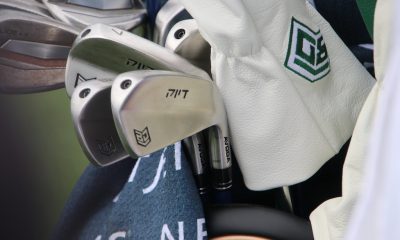
 Equipment3 weeks ago
Equipment3 weeks agoWhat we know about Bryson DeChambeau’s 3D-printed Avoda irons
-

 19th Hole6 days ago
19th Hole6 days agoLET pro gives detailed financial breakdown of first week on tour…and the net result may shock you

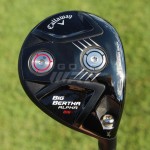
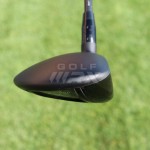
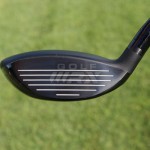
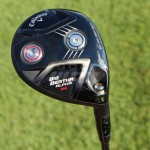
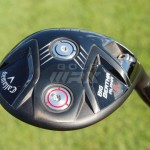
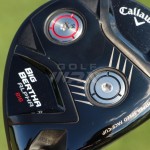
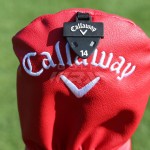
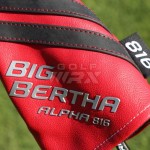
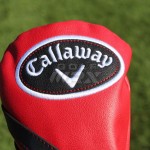
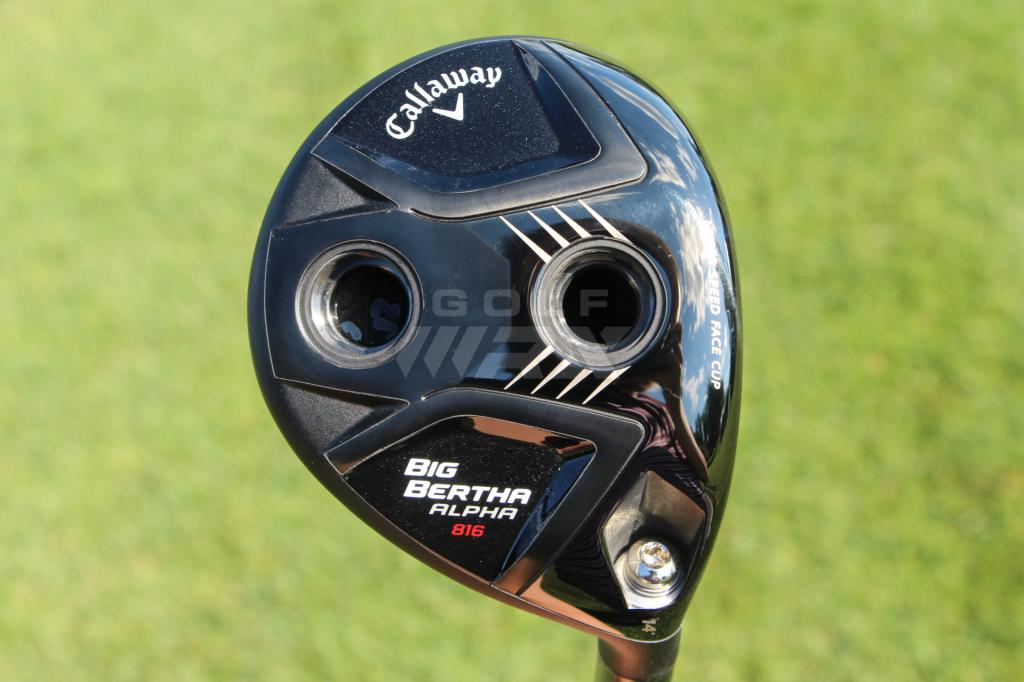
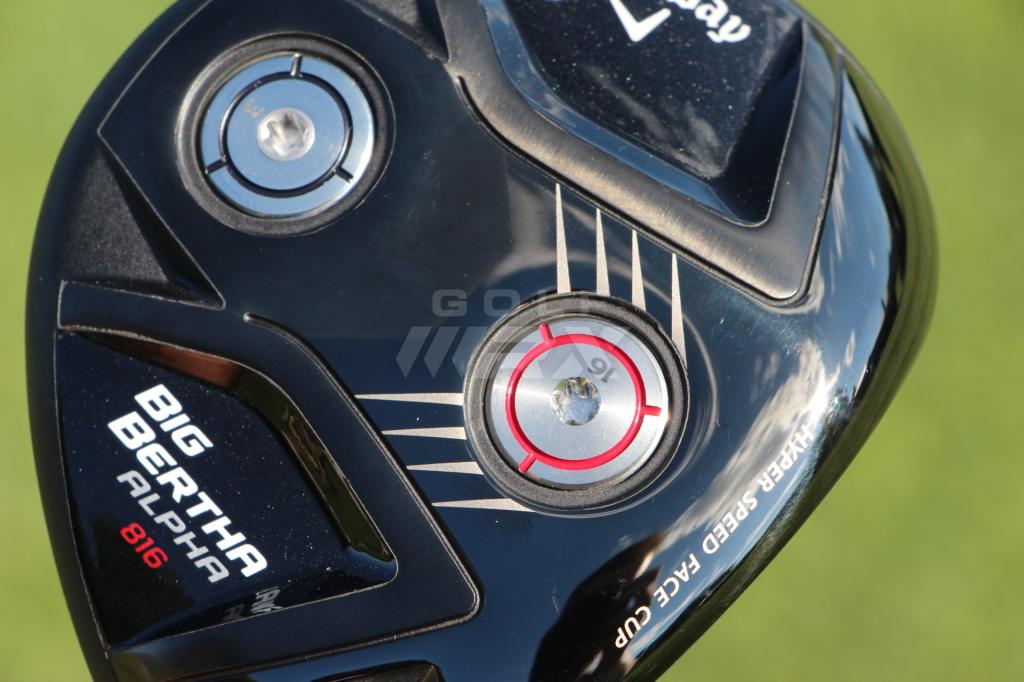
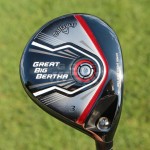
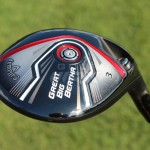
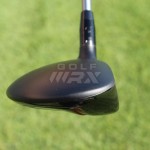


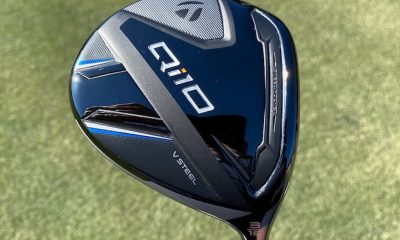

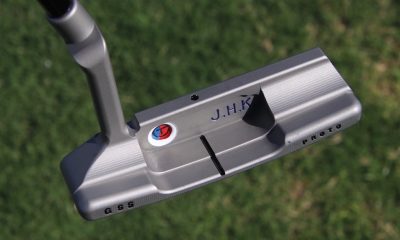

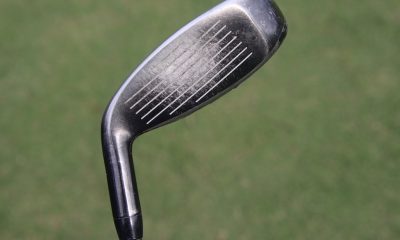

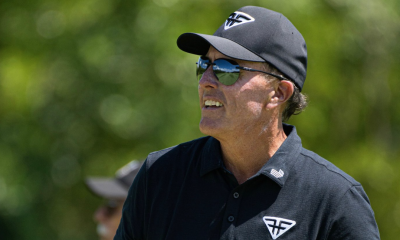

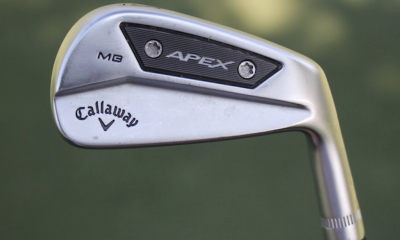

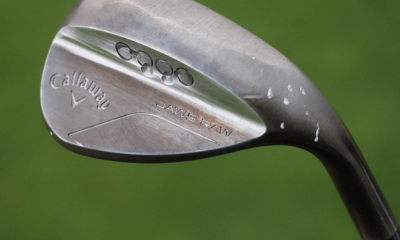








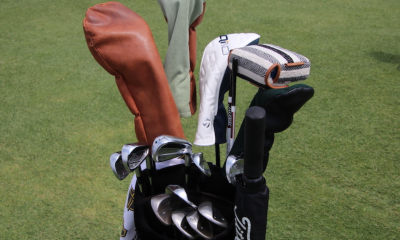

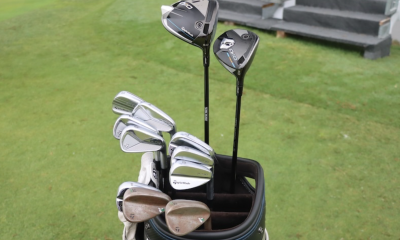

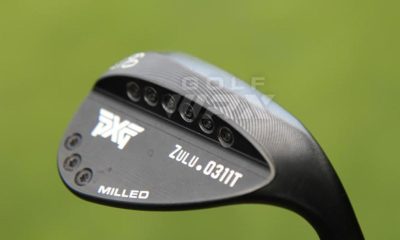

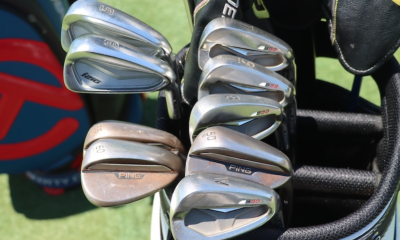

Ballstrikka
Aug 7, 2015 at 2:38 am
Yeah, looks like old Cally is trying to dethrone TM as the multiple product release champion! Sheesh,
how many drivers, 3 woods is it now? Oh, and various fairway wood lengths and purposes. Ugh!
This is gettin’ a wee bit out of hand trying to keep up with what I bought, and how that club
has been updated, revamped, repainted, re-weighted, and re-marketed 72 hours later. Maybe if I
drop all my golf mag subscriptions I won’t feel the pressure of having to keep up with the latest
incarnations. Wish I had my old Titleist Pro Model blades, my Cleveland Classic Persimmon driver and
3wood, one Cleveland wedge, and a bellota ball. Da good old days
Bob
Aug 9, 2015 at 10:48 am
Ha. Good one there bud
Joe
Aug 9, 2015 at 10:07 pm
Such a tired argument. It’s not an investment piece. Go buy what fits you at the beginning of the season and go golf your ball. Quit trying to keep up with manufacturers who are simply trying to improve upon their engineering. I welcome the improvements. Even if they come quarterly. When I’m ready for a new golf club I’ll go take a snapshot of whats available. You certainly don’t have to keep up with releases. (by the way, there is a new BMW 3-series coming out soon. Better go sell yours.)